Artists have integrated symbols into their artworks for as long as art has been produced. When the entire artwork became a symbolic representation, it transformed into an art movement.
Symbolism emerged in the 19th century as a reaction against the works of Realism artists who only painted what they could perceive.
The style first emerged in literature in the 1850s when French poet Charles Baudelaire (1821-1867, inspired by the works of Edgar Allen Poe, published a collection of poems titled “Les Fleurs du mal” (1857).
It took a bit longer before the style developed in the visual arts as Symbolist painters only started producing works in the 1880s. This was also when several Symbolist manifestos were written.
The movement was closely related to the Decadent movement and was only distinguished from it in 1886, the year when Greek art critic Jean Moréas wrote the Symbolist Manifesto.
In this article, you’ll discover some of the most famous Symbolist artists.
1. Odilon Redon
Odilon Redon (1840-1916) was a French artist who is considered to be one of the leading painters of the Symbolist art movement. He started his career working exclusively in charcoal and lithography and didn’t pick up pastels and oil painting until the 1890s.
He produced many of his most famous works in the first decade of the 20th century. These paintings emulate a dreamlike state and are easily distinguishable. He was a very influential artist as his works inspired both Dada artists and Surrealist artists of future generations.

2. Gustave Moreau
Gustave Moreau (1828-1896) was another famous French Symbolist artist who has been referred to as one of the preeminent Symbolist painters of the late 19th century. That’s mainly because he started producing mysterious paintings as early as the 1860s, shortly after the first Symbolist poetry was published.

Moreau was also one of the most prolific artists of the 19th century. His oeuvre consists of a combined 15,000 paintings, drawings, and watercolors, a staggering figure. His personal life as dominated by his dark feelings, a notion that resulted in his reclusive behavior during his final years. The Musée Gustave Moreau in Paris is dedicated to his works.
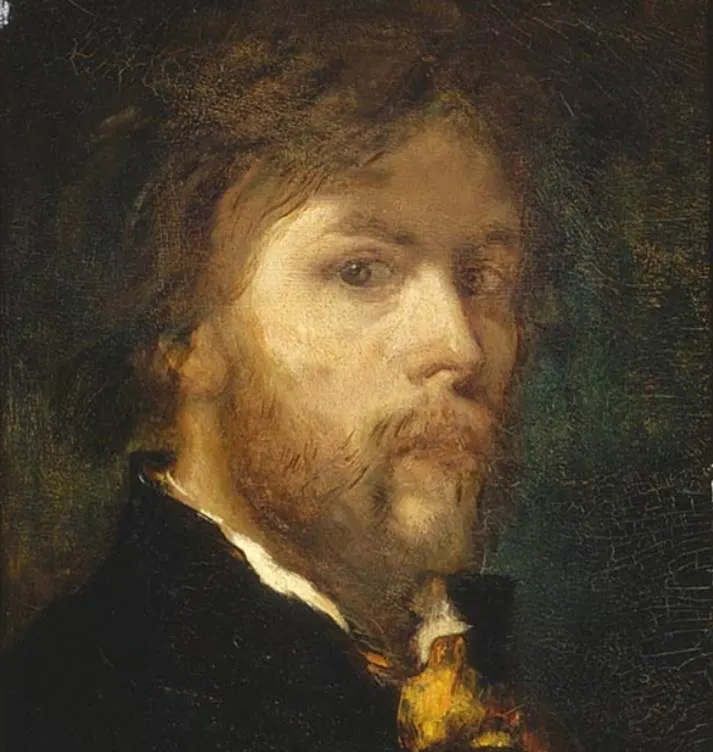
3. Mikhail Vrubel
Mikhail Vrubel (1856-1910) was a Russian artist who produced paintings, drawings, and sculptures. His career is divided into several distinctive parts referred to as “The Prologue,” “The First Act,” “The Second Act,” and “The Third Act.” His most distinctive paintings were produced during the Second Act.
This period is also referred to as his “Moscow Period” and a tie in which he painted several works depicting the so-called “Demon.” This was not a period in which he earned a lot of Russian art critics but art collectors could definitely appreciate his peculiar paintings. During the latter part of his carer, he was involved with the Russian Art Nouveau artists.
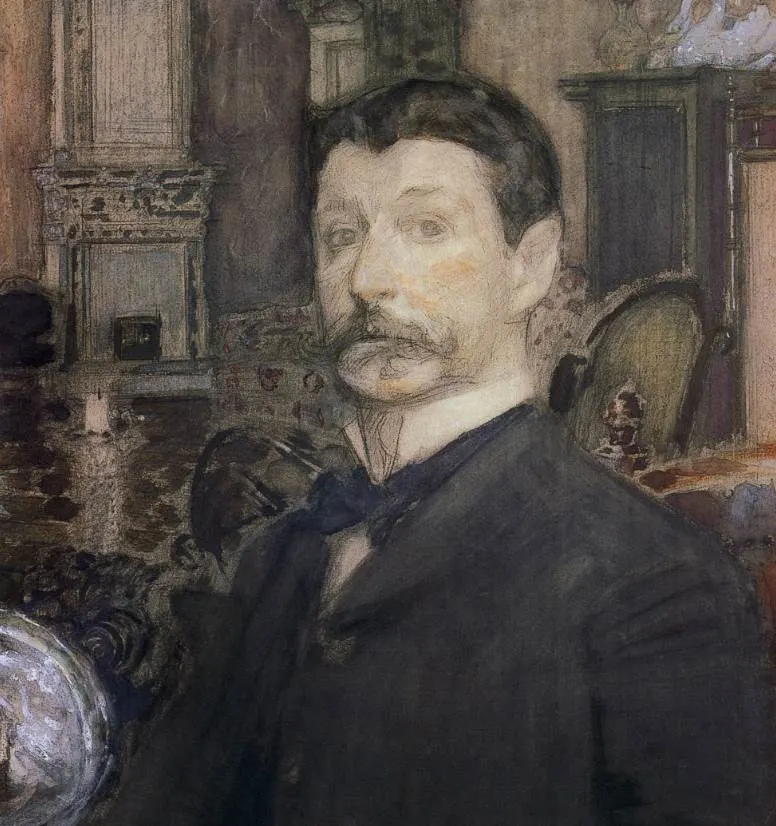
4. Jacek Malczewski
Jacek Malczewski (1854-1929) was a Polish Symbolist painter and one of the most famous Polish artists in history. He was associated with Young Poland, a modernist art movement in Poland that emerged in the country in 1890 and which lasted until the end of World War I in 1918.
His paintings are full of symbols that refer to Polish Nationalism and the independence of the Polish nation. This combined with elements of Greek mythology and religion transformed his paintings into some of the most fascinating works of art ever produced. His painting “Melancholia” (1894) can be described as a national treasure of Poland.

5. Carlos Schwabe
Carlos Schwabe (1866-1926) was a Swiss artist who produced both paintings and prints. He started his career in Paris where he worked as a wallpaper designer. Here he met other Symbolist artists and this pushed him into the direction of allegorical and mythological paintings with a personal touch.
This completely transformed his career and he became one of the most renowned artists in France and other parts of Europe at the turn of the 20th century. This notion is emphasized by the fact that he earned the French Légion of Honor in 1902, the highest order of merit in France.
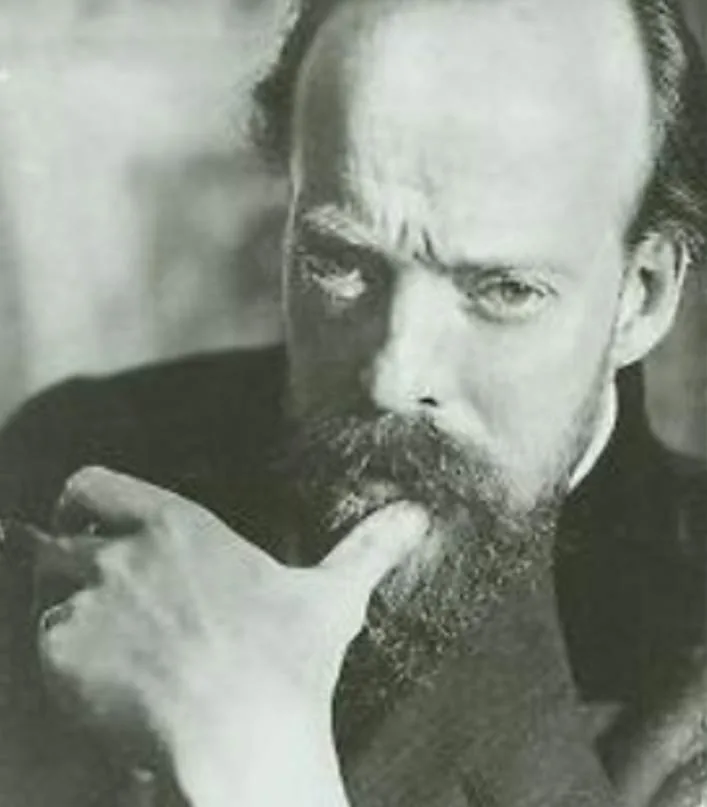
6. Jan Toorop
Jan Toorop (1858-1928) was a Dutch artist who had an Indonesian background. He was born on the Indonesian island of Java which was part of the Dutch East Indies at the time. Although he produced many Symbolist paintings, he also produced Art Nouveau artworks and integrated the Pointillism painting technique into his works.
He was one of the leading figures of the Amsterdam Impressionists, a group of Impressionist artists who were influenced by the French art movement. He developed his unique dynamic Symbolist painting technique when he spent a lot of time in a Dutch seaside town called Katwijk aan Zee.
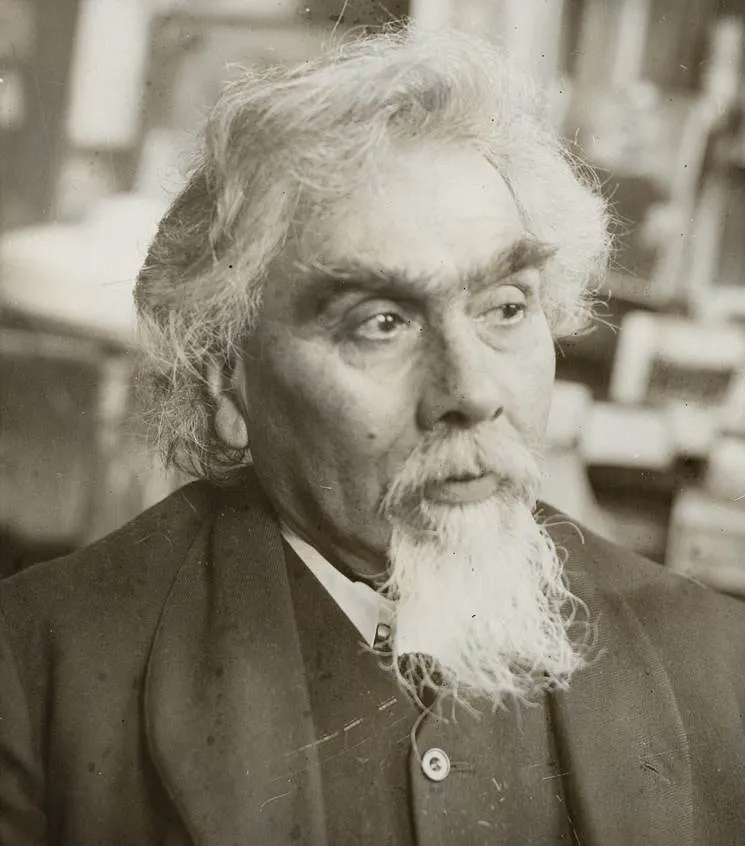
7. Ferdinand Hodler
Ferdinand Hodler (1853-1918) was another famous Swiss artist who is considered to be one of the preeminent Swiss painters of the late 19th and early 20th centuries. He started his career painting Realism paintings, especially portraits, landscapes, and genre paintings.
During the latter part of his career, he developed the distinctive Symbolist style that made him so famous. He referred to this style as “parallelism,” a style based on symmetry and rhythm which he perceived to be the cornerstone of human society.
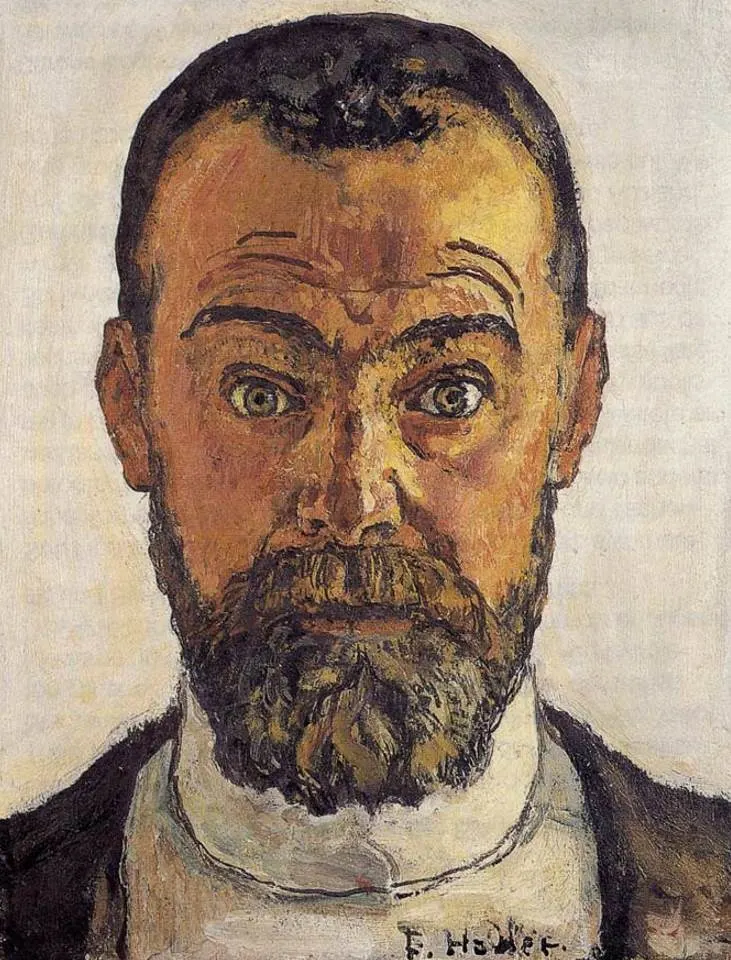
8. James Ensor
James Ensor (1860-1949) was a Belgian artist who produced both fantastical paintings and prints. He was associated with the Belgian artistic group called “Les XX” and many of his works were exhibited at the time. He developed a unique painting style that is often described as straight-up bizarre.
Although he produced many peculiar paintings, these works had a profound effect on modern artists, especially Surrealist and Expressionist artists. His influence remains high today as he is held in high regard by contemporary artists. His paintings can be admired at famous museums all around the world.

